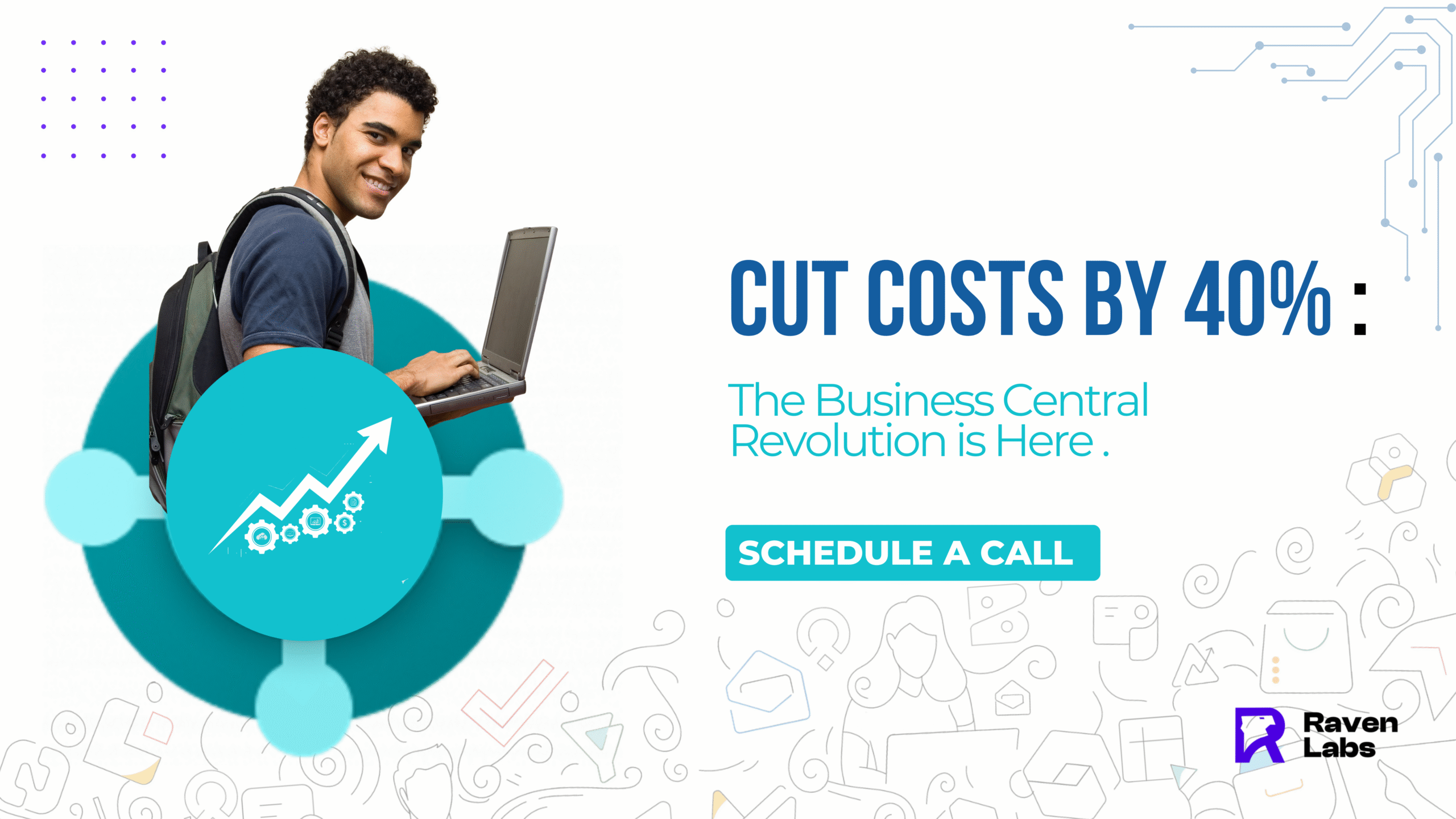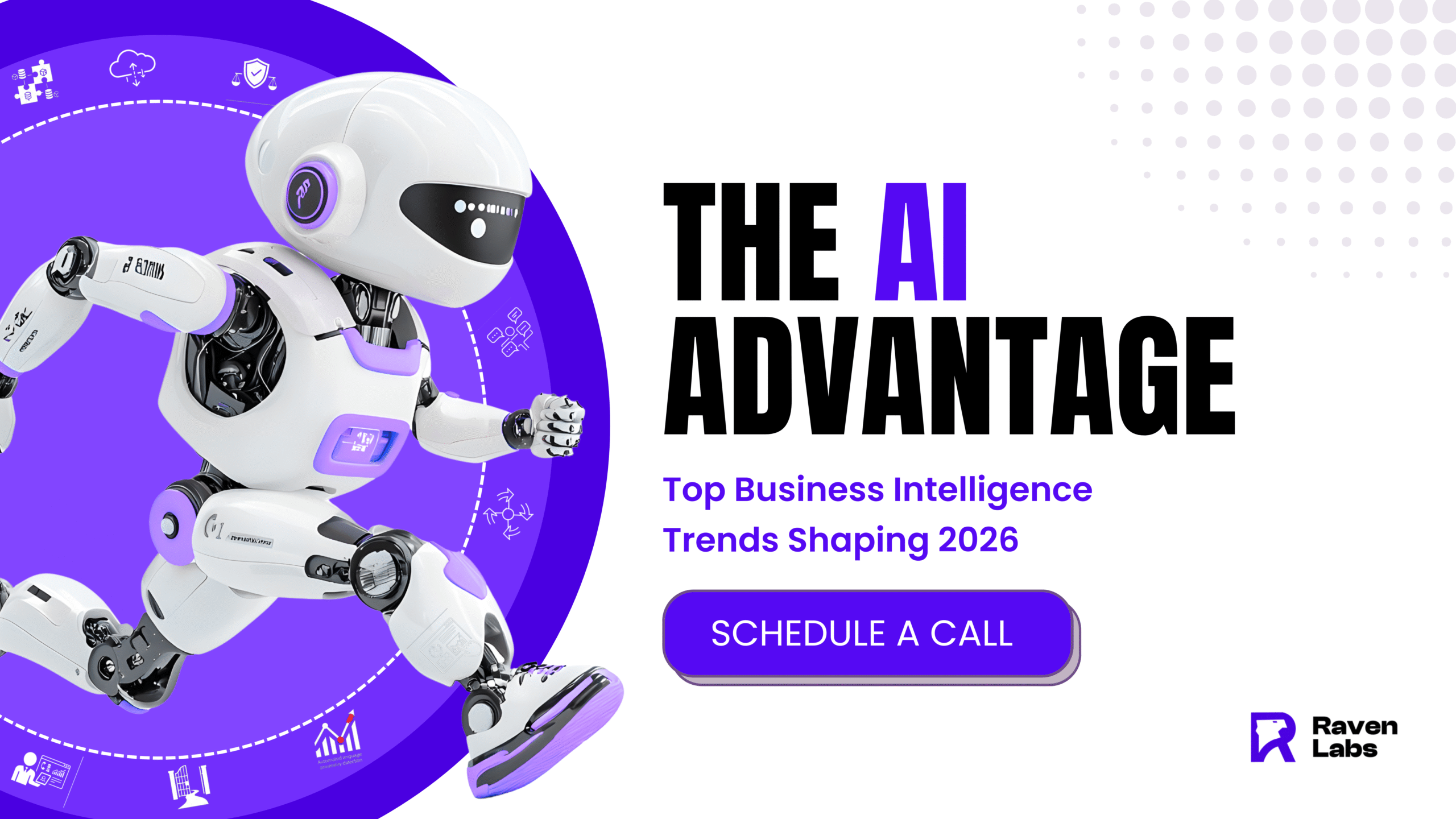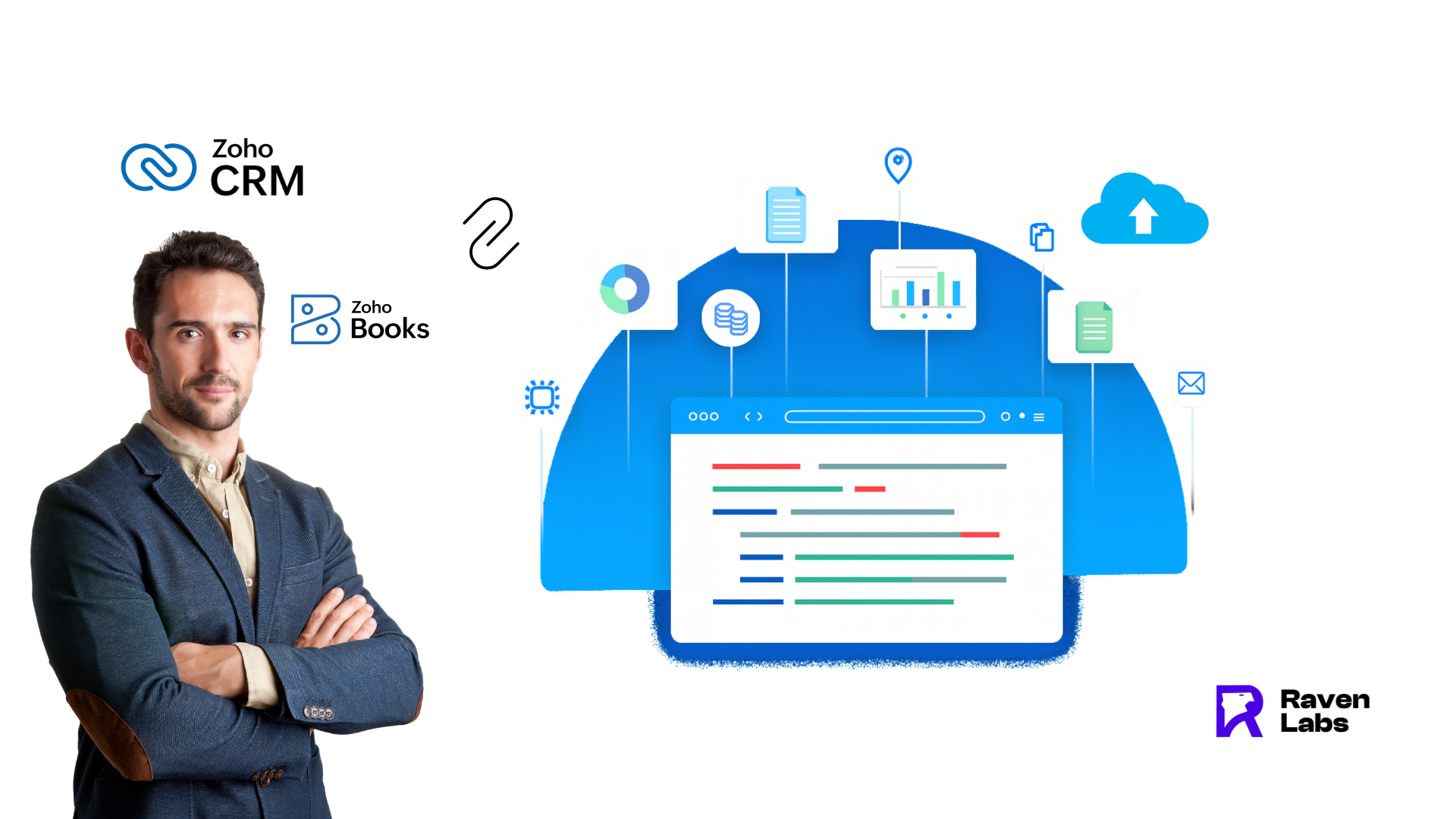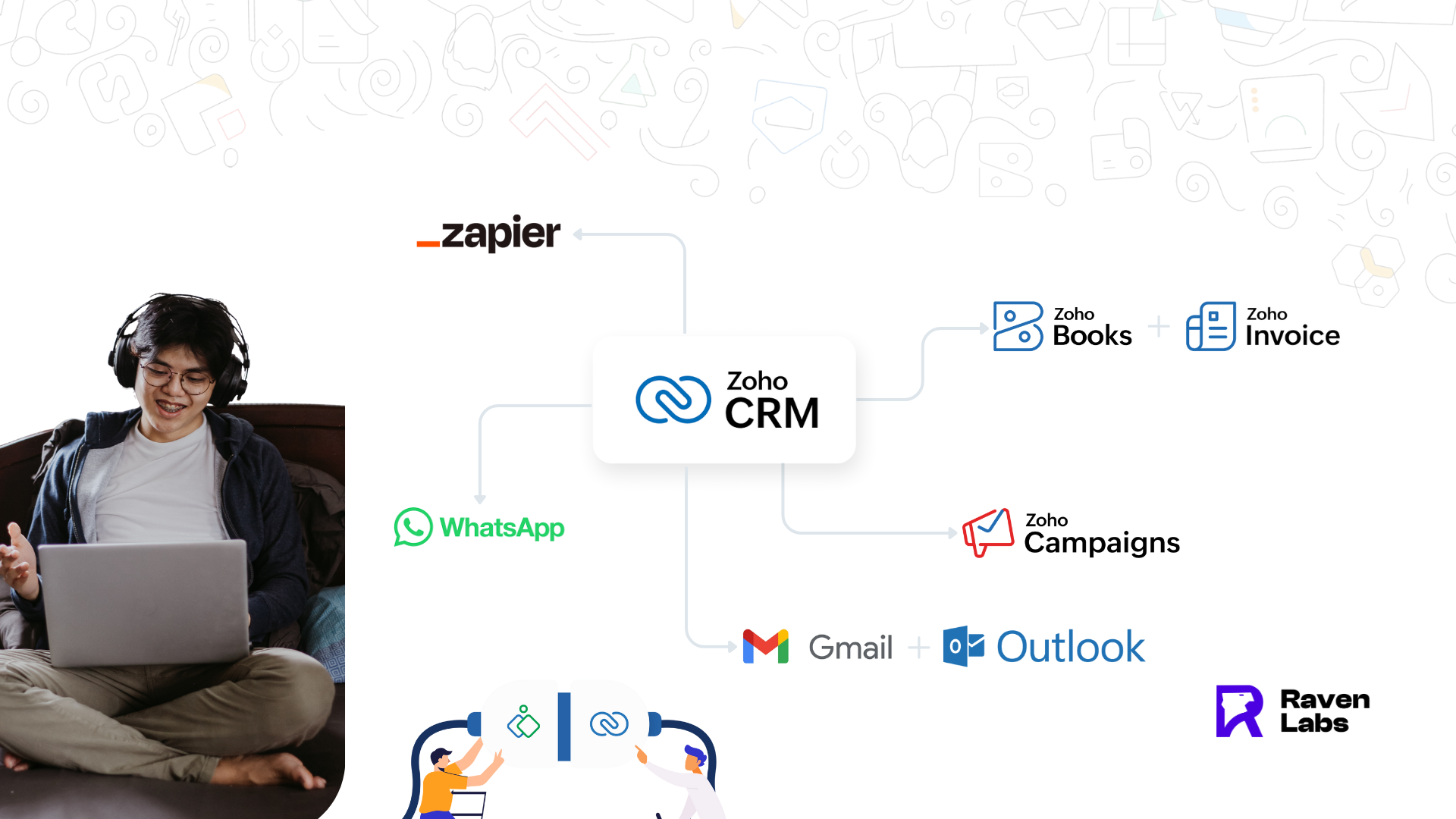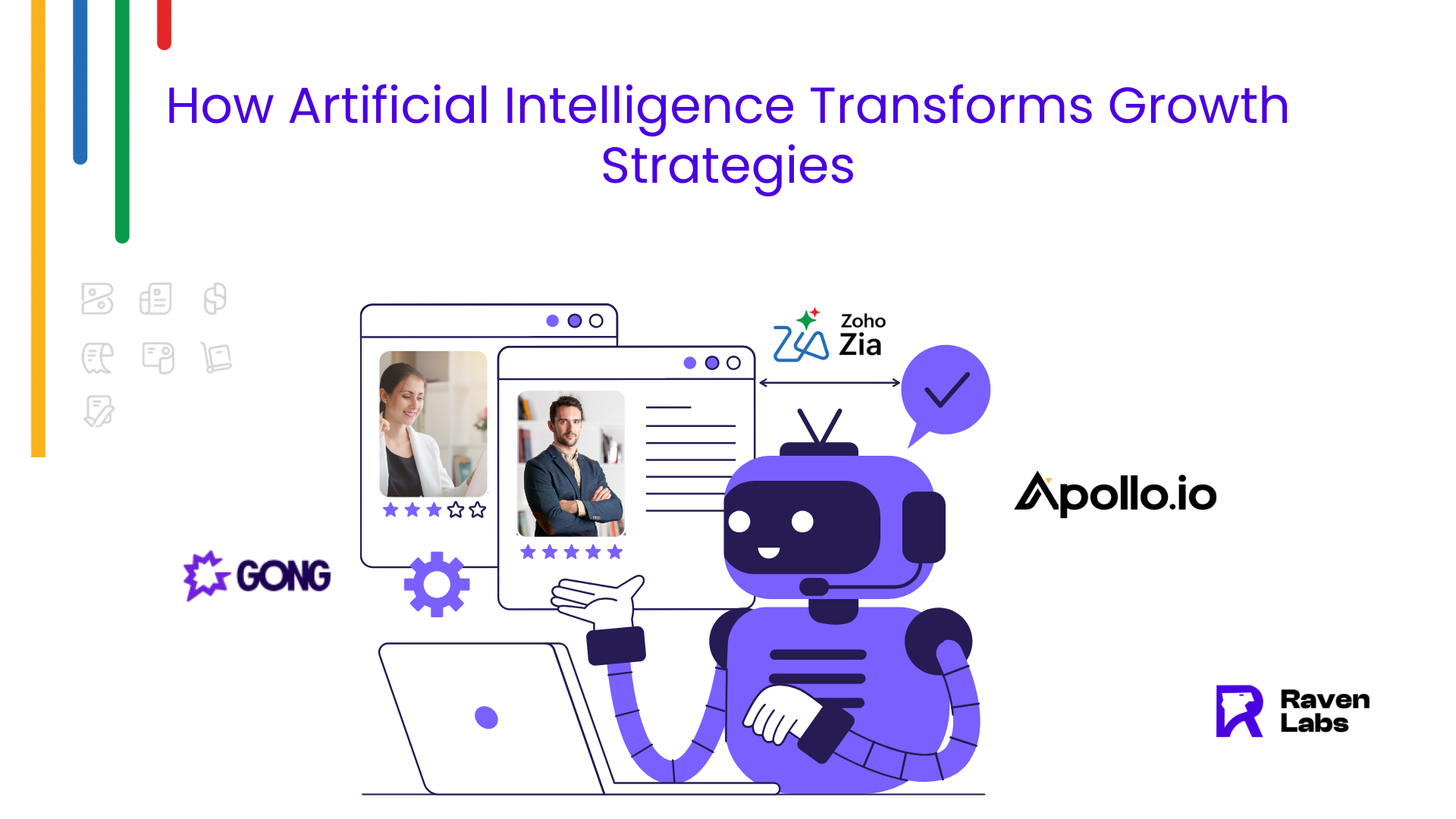The combination of Business Intelligence (BI) with Artificial Intelligence (AI) has changed how organizations get value from their data. Traditional BI tools show historical data, while AI-enhanced systems predict trends and recommend actions. These changes have accelerated in the last few years, and what seemed futuristic now serves as standard practice for forward-thinking companies.
How machine learning is transforming BI dashboards
Machine learning algorithms have changed what business intelligence dashboards can do. BI tools used to answer “what happened?” Now, ML-powered dashboards tackle complex questions like “what will happen next?” and “what should we do about it?”
From static to dynamic insights
Traditional dashboards need users to explore data manually, which often misses connections and insights. ML-enhanced dashboards highlight anomalies and patterns that human analysts might miss. To name just one example, an ML-powered sales dashboard doesn’t just show declining numbers—it identifies contributing factors and suggests corrective actions.
This change from passive to proactive intelligence stands as one of this decade’s most important business intelligence trends. Natural language processing lets users ask questions about their data and receive instant visual answers. Complex analysis becomes available to everyone in the organization.
Predictive analytics becomes mainstream
Data scientists no longer hold exclusive rights to predictive capabilities. Modern BI platforms include machine learning models that forecast trends accurately. These systems analyze historical data patterns along with external factors like market conditions, seasonal variations, and social media sentiment.
The predictions keep getting better. Self-learning algorithms improve their accuracy as time passes and adapt to changing business conditions without needing constant updates. Marketing teams can anticipate campaign performance, while supply chain managers predict inventory needs. Sales teams identify which prospects will likely convert.
Automated anomaly detection
ML in BI dashboards shines brightest with automated anomaly detection. Machine learning models establish baseline patterns and flag unusual deviations, unlike rule-based alerts that only trigger on predetermined thresholds.
A financial dashboard might detect subtle fraud patterns that traditional methods would miss. A manufacturing dashboard could spot equipment likely to fail before obvious warning signs appear. This knowledge of finding insights without explicit programming shows BI’s huge progress.
Personalized intelligence delivery
ML customizes each user’s BI experience. The system learns which metrics people check, what reports they create, and their preferred visualizations. Dashboards adapt to show information that matches each user’s role and interests.
These smart systems schedule and distribute personalized reports based on stakeholder needs and priorities. Sales directors receive territory performance comparisons, while marketing managers see campaign attribution analyzes.
Raven Labs’ AI-powered BI systems
Raven Labs leads the AI revolution among business intelligence software companies with its innovative approach to intelligent data analysis. Their platform shows how machine learning turns raw data into strategic insights that drive business decisions.
Advanced natural language interfaces
Raven Labs’ natural language processing capabilities stand out in their BI ecosystem. Users interact with data through conversational queries instead of complex SQL statements or point-and-click interfaces. New users learn quickly while experienced analysts find insights faster.
A recent demonstration showed a marketing director asking, “Which campaigns had the highest ROI last quarter?” The platform created a visualization ranking campaigns by return on investment, complete with contributing factors and recommendations for future budget allocation. This accessible interaction removes barriers between business users and their data.
Automated insight generation
Raven Labs’ platform finds relevant insights without explicit queries. Their AI analyzes data relationships and identifies correlations and causal patterns that might stay hidden otherwise.
The system might tell a retail manager about an underperforming product category in specific locations, with analysis of potential causes—like local competition, pricing strategy, or demographic shifts. This proactive approach ensures busy workdays don’t hide critical insights.
Predictive workflow optimization
Raven Labs optimizes business processes using machine learning on historical performance data. Their system finds workflow bottlenecks and inefficiencies that reduce productivity. It recommends process adjustments and automation opportunities to help organizations streamline operations and cut costs.
This capability becomes more valuable through integration with broader business intelligence functions. The platform that tracks performance metrics suggests operational improvements, creating continuous enhancement.
Cross-platform data integration
Modern business intelligence faces challenges in joining data from different sources. Raven Labs solves this with AI-powered connectors that map relationships between different data structures, even with mismatched schemas.
Organizations can create unified dashboards that pull information from legacy systems, cloud applications, and external data sources without complex manual setup. Better-informed decisions come from this complete view of business operations and market conditions.
Ethical AI governance
AI’s growing role in business intelligence raises concerns about bias and transparency. Raven Labs built ethical AI governance into their platform, offering tools to monitor algorithm behavior, identify potential biases, and explain the system’s conclusions.
Users who might doubt black-box AI recommendations find trust in this approach. Raven Labs keeps human judgment central to decision-making by showing the reasoning behind predictions and insights, while AI serves as a powerful but clear assistant.
Explore BI Solutions with Raven Labs
Raven Labs offers complete solutions that fit organizations of all sizes if you want to utilize AI-enhanced business intelligence. Their platform combines state-of-the-art machine learning with accessible interfaces, making advanced analytics available to technical and non-technical users. Their team can design solutions that match your specific needs, whether you want better forecasting accuracy, optimized operations, or hidden opportunities in your data.
Business intelligence and artificial intelligence joining together shows a fundamental transformation in how organizations understand and use their data. These technologies’ continued growth will likely widen the gap between data-driven companies and their competitors, making AI-powered BI crucial for future success.
Rise of Self-Service BI
Self-service BI stands out as one of the most important business intelligence trends in recent years. Data analysis no longer belongs exclusively to IT departments and data specialists. Organizations now embrace platforms that give analytical capabilities directly to business users across departments.
Non-technical users gaining access to insights
Data analysis has changed how organizations operate. Business users previously had to ask IT departments or data analysts whenever they needed insights. This created bottlenecks and slowed down decision-making. Self-service BI tools now allow these users to explore data, create visualizations, and generate reports without technical knowledge.
Breaking down the technical barriers
Modern self-service BI platforms come with accessible drag-and-drop interfaces and visual analytics. Users don’t need coding skills or database knowledge anymore. Marketing managers, sales representatives, and operations staff can now answer their data questions without technical help. The time between asking questions and getting insights has shortened, which speeds up organizational decisions.
These tools have evolved a lot in the last decade. They changed from complex systems needing extensive training to accessible platforms that feel like everyday apps. Learning these tools has become easier, and many platforms now offer step-by-step guides that help users create meaningful visualizations.
Personalized dashboards for everyone
Self-service BI lets users create custom dashboards that match their specific roles and priorities. To name just one example:
- Sales representatives can monitor their pipeline, track customer interactions, and analyze close rates
- Marketing teams can visualize campaign performance across channels and audience segments
- Operations managers can track efficiency metrics and identify process bottlenecks
- Finance departments can monitor budgets and forecast expenses without complex spreadsheet formulas
Each team member sees what matters most to their role. This filters out unnecessary information and highlights useful insights.
Collaborative intelligence
Self-service BI has changed from providing independent access to encouraging collaborative intelligence throughout organizations. Current platforms let users share insights, comment on visualizations, and work together to refine analyzes. Different points of view contribute to data interpretation, which leads to more reliable conclusions.
Cloud-based BI solutions have made collaboration easier. Team members can access dashboards from anywhere, make notes, and share findings right away. This feature has become valuable as remote and hybrid work becomes common.
Guardrails, not gates
Successful implementations don’t give users unlimited access without guidance. Effective self-service BI creates what I call “guardrails, not gates” – freedom within a framework that maintains data quality and governance.
These guardrails include centralized data models that ensure everyone uses consistent, accurate information. They also have standard calculation methods for key metrics, which prevents different teams from measuring success differently. This balance between flexibility and governance plays a key role in successful self-service BI implementation.
Augmented analytics elevating self-service
As I wrote in earlier sections about AI capabilities, augmented analytics has improved self-service BI. These systems suggest relevant visualizations based on selected data, find patterns and unusual trends, and explain data findings in plain language.
Business users no longer need to know which visualization works best or how to write complex queries. The system guides their analysis, shows insights they might miss, and suggests next steps in their analytical process.
Business impact of self-service adoption
Companies that use self-service BI well make better decisions at all levels. Teams make fewer gut-based decisions and rely more on actual data when insights are easily available. This wider access to analytics encourages a data-driven culture where people question assumptions and look for evidence.
Self-service BI reduces work for IT and analytics teams. These specialized teams can focus on complex analysis, improving data architecture, and strategic projects instead of creating basic reports. Both business users and technical specialists become more productive in their areas.
Data professionals remain essential – their role changes from gatekeepers to enablers. They focus more on building reliable data models and less on routine report requests. Self-service doesn’t replace expertise; it increases its effect by spreading it throughout the organization.
Cloud BI for Scalability
Cloud-based business intelligence has changed how organizations deploy and scale their analytics capabilities. Data volumes keep growing and business needs change faster than ever. Traditional on-premises BI systems find it hard to keep up. Cloud BI provides a more flexible framework that helps organizations of all sizes learn about data without physical infrastructure limits.
Benefits of flexible, cost-efficient BI setups
Moving to cloud BI platforms marks a big step forward in business data analysis. Traditional on-premises systems need huge upfront investments in hardware, software licenses, and maintenance costs. Cloud-based solutions work on subscription models. Organizations pay only for what they use. This simple approach reduces the cost of setting up complete BI systems by a lot.
Cloud BI solutions shine brightest when it comes to scalability. On-premises systems often can’t handle sudden increases in user needs or data volume. Cloud platforms let businesses adjust their resources based on what they need without buying new infrastructure. Here’s a real example: an e-commerce company can quickly increase its cloud BI resources during holiday sales rush and scale back afterward to save money.
Money isn’t the only advantage – cloud BI brings great operational benefits:
- Global accessibility – Teams can see insights from anywhere with internet access
- Reduced IT maintenance – Cloud providers take care of updates and infrastructure
- Faster deployment – No hardware setup means quicker results
- Environmental efficiency – Cloud computing uses up to 87% less energy than traditional data centers
The technical setup of cloud BI platforms makes them highly effective. Many solutions use data lakes to store raw data along with processed information. This approach creates a strong foundation for big data analytics that speeds up insight discovery.
Auto-scaling features adjust resources automatically based on actual usage instead of estimates. Companies avoid wasting resources through overprovisioning or creating bottlenecks through underprovisioning. This smart resource management represents a key business intelligence trend that reshapes analytics infrastructure planning.
Hybrid cloud solutions
Most organizations want a balanced approach that combines cloud flexibility with on-premises security. Hybrid cloud solutions work well as a middle ground, especially for businesses that must follow strict data regulations. This setup lets organizations keep sensitive data local while using public cloud resources for other tasks.
Raven Labs has become a leading business intelligence software company by creating specialized hybrid cloud products. Their approach helps organizations merge website, social media, CRM, and ERP data while providing applicable information through advanced BI tools.
Raven Labs’ hybrid cloud strategy helps businesses decide between internal and external analytics capabilities. Their solutions offer immediate expertise while keeping costs down—perfect for organizations with small data science teams.
Raven Labs’ hybrid cloud products focus on creating data-driven cultures through easy-to-use interfaces and custom reporting. Their systems offer secure logins and personal dashboards that make complex analytics available to users throughout the organization, whatever their technical skills.
Take a closer look at BI Solutions with Raven Labs
Raven Labs offers complete services tailored to various business needs for organizations wanting scalable cloud or hybrid BI solutions. They turn raw data into strategic advantages through evolving methods. Their platforms combine cloud flexibility with enterprise-grade security. This helps businesses grow their analytics capabilities alongside their organization without sacrificing performance or governance.
Cloud BI keeps evolving. The difference between deployment models (public, private, hybrid) matters less than what they can achieve. The key is picking a solution that balances scalability, cost-efficiency, and security for your organization’s specific needs.
Conclusion: From Data to Impact
Business intelligence is heading toward a remarkable transformation as we approach 2026. AI-powered analytics has changed from showing historical data to predicting trends and suggesting specific actions. Machine learning algorithms now make dashboards highlight anomalies, deliver personalized intelligence, and make predictions available to everyone in an organization.
Self-service BI makes data analysis available across departments of all sizes. This change enables non-technical users with user-friendly interfaces and makes shared tools possible while maintaining necessary governance through “guardrails, not gates.” Organizations no longer wait for IT departments to generate reports. Marketing managers, sales representatives, and operations staff now explore data and create visualizations independently.
Cloud-based solutions offer unmatched flexibility without huge upfront investments. Organizations adapt their analytics resources based on actual usage patterns rather than projections. Raven Labs’ hybrid approaches improve this flexibility and let businesses balance cloud advantages with on-premises security requirements.
These trends point to what a world of data-driven decision making looks like – more available, user-friendly, and integrated into daily operations. Companies that adopt these developments will gain most important competitive advantages through faster insights and more agile responses to market changes.
The rise of BI means more than just technological progress—it shows a basic transformation in organizational culture. Modern business intelligence’s true power lies not just in sophisticated algorithms or reliable infrastructure. These tools enable people throughout an organization to ask better questions and make smarter decisions based on information. The gap between forward-thinking companies and those holding onto outdated analytics approaches will grow wider in the coming years. Strategic BI investments are essential to long-term success.
Schedule a Free Consultation with Raven Labs
Ready to Explore BI Solutions with Raven Labs for your business?
Let Raven Labs help you streamline workflows and automate your sales process.
📞 Contact us: +61 432 913 392
📧 Email: info@theravenlabs.com
🌐 Visit: www.theravenlabs.com

